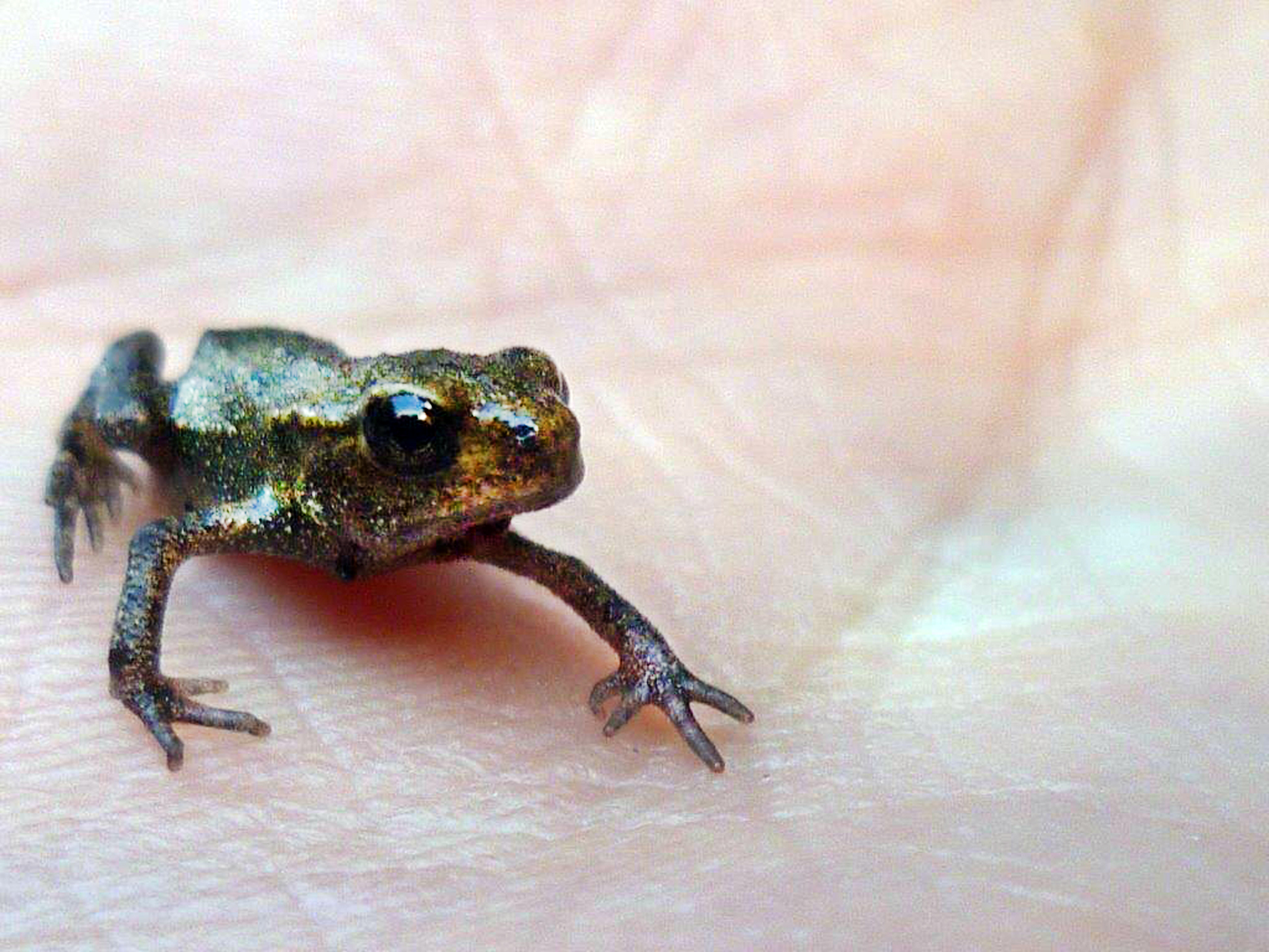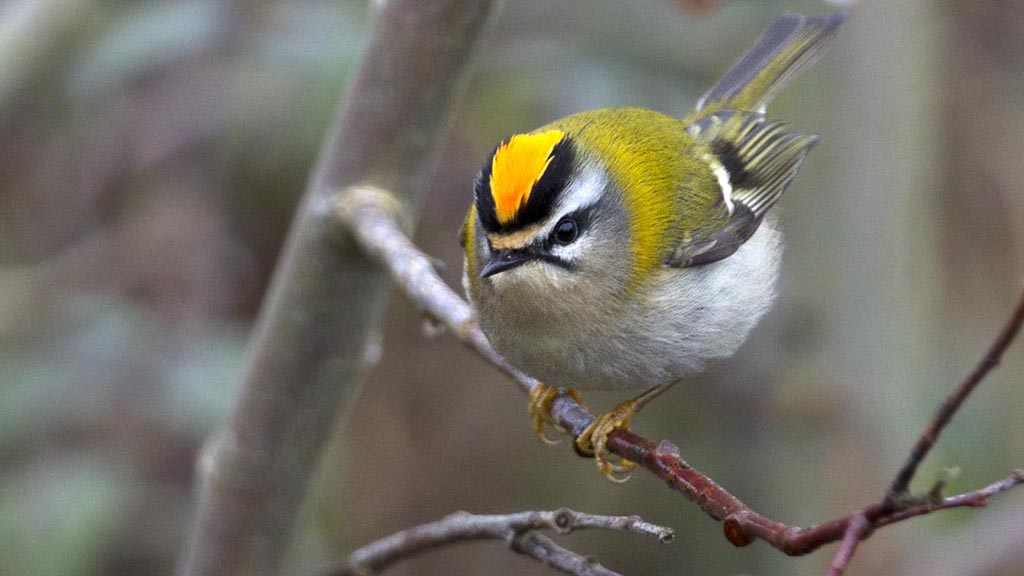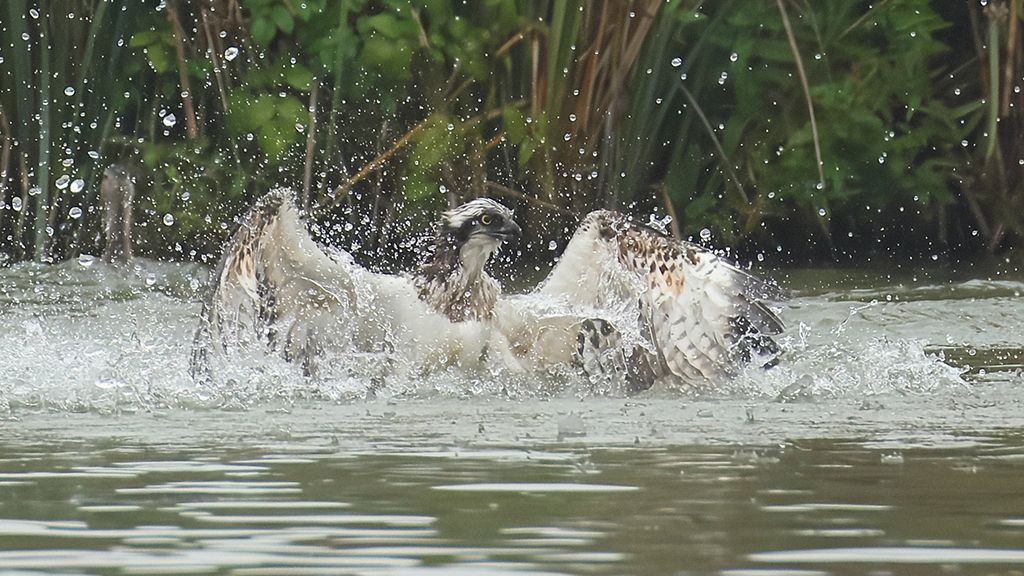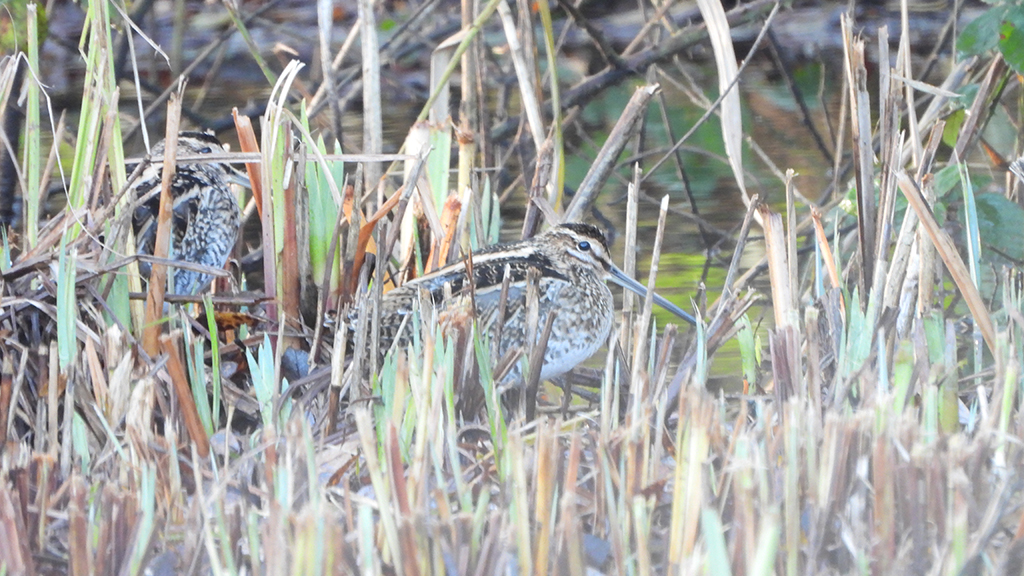Thousands of toadlets emerge

It rained heavily in Arundel last Thursday morning. The dense rain signalled ‘go’ to the toadlets living in the reedbed at the entrance to Arundel Wetland Centre. They all decided to leave the safety of the water and reedbed in a mass emergence. There were hundreds of toadlets crossing the path to the car park, hundreds on the path from the visitors centre and hundreds near the entrance doors themselves. We had large numbers of toads spawning here in March and 3 weeks later the waters under the entrance boardwalk were dark with multitudes of tadpoles. I thought we would see a big emergence this year but this emergence 12 weeks later surpassed all my expectations! The toadlets will now move out into the wild and will take three to seven years to mature when they may return here to spawn and start the cycle again.
Warmer weather and a bit of rain has been good for dragonfly sightings. I spotted my first emperor dragonfly of the season on Sunday near the Ramsar hide. We have had sightings of both banded and beautiful demoiselles and red-eyed damselflies last week along with the big numbers blue-tailed damselflies.
Cooler temperatures have prompted the grass snacks to return to the sheets of roofing tin I use in my surveys. The cold blooded reptiles need the warmth absorbed by corrugated metal sheets to warm them up in the mornings. While checking for reptiles on Sunday I found two adult females I have recorded previously and a juvenile male who hatched out here last year. To ID the snakes I photograph the banding on their necks and compare it to our ‘rouges gallery’ of photos in my survey records. I name any new snakes after members of our WWT staff.
The oystercatcher chick being raised in the Tundra pen is very big now. Its feather markings are filling in now as it begins to look like its parents and it will be fledging soon. Elsewhere some gull chicks are fledging, others are still small and some gulls are even nesting again. They colony usually breaks up in July but it may last longer this year.
New butterflies out this week include ringlets, tortoiseshell, red admirals and peacocks.



